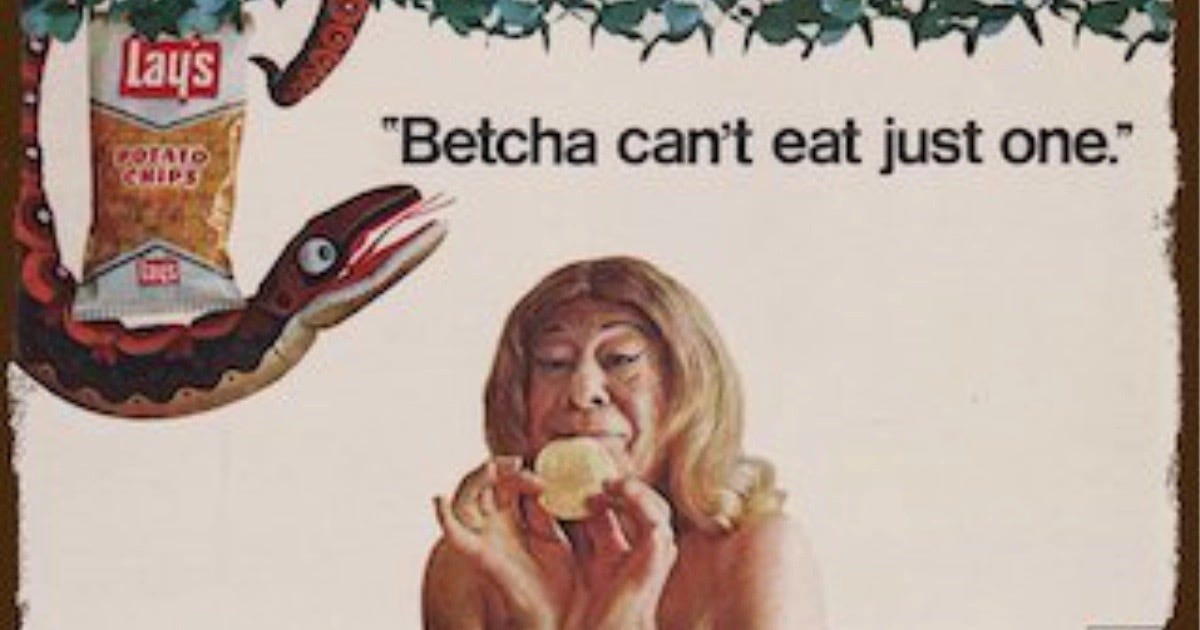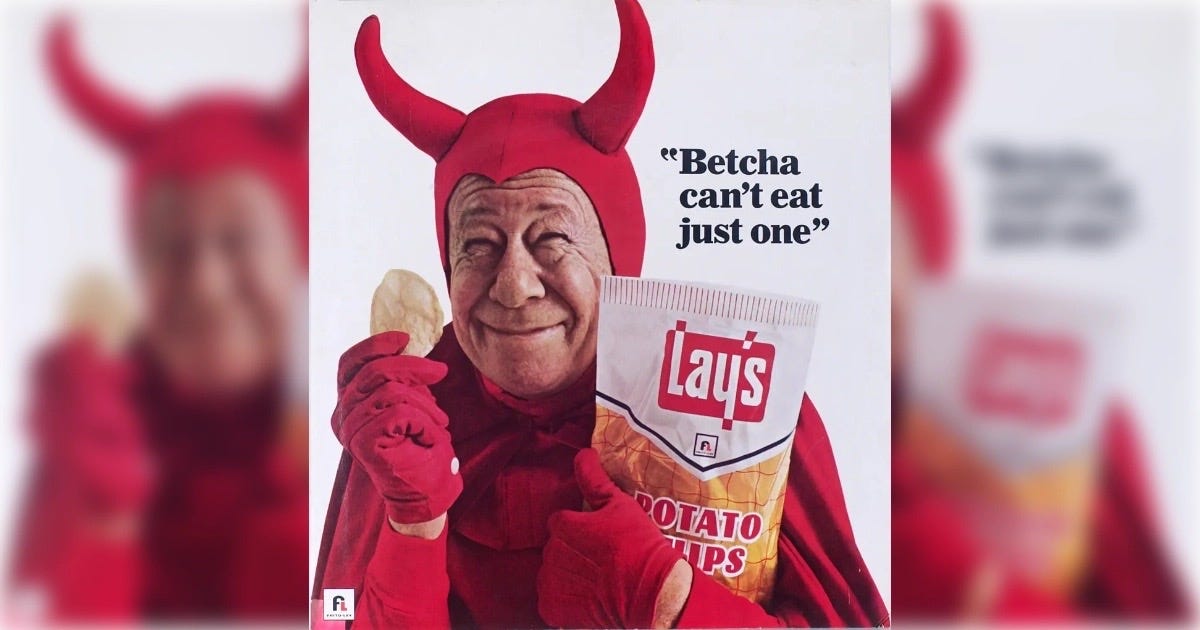Goodbye, Siete. Hello, MASA.
What’s happened to Siete Foods and how to shop for snacks smarter.
Welcome to another Wellness Wednesday! I hope you’re enjoying this new series as much as I am. This week, we’ve got some news from the chip world to unpack. I can’t believe I’m typing that, but here we are.
If you’re into clean eating, you may be familiar with a brand called Siete. Siete first hit the market in 2016 with their grain-free, seed oil-free tortilla chips. These chips became popular right away because they were halfway decent and provided an alternative snack option for the health-conscious and/or food-sensitive consumer. I remember loving them when they came out and I was excited to watch their product line grow over the years. Between 2016 and now, they have added new tortilla chip flavors, potato chips, sauces and a variety of exceedingly good grain-free tortillas to their product line. They’ve also expanded their reach. In the beginning, you could only find their products in health food stores like Whole Foods, but now they’re in conventional grocery stores all over America. I have shopped their products at both Publix and Harris Teeter. I always appreciate the presence of a trusted brand when I can’t get to my store of choice.
So, what’s the news with Siete? Well, you may have heard that Pepsi Co just bought them out for $1.2 billion dollars. *Record scratch.* While I’m never against a mission-driven company making a buck, I do happen to know enough about Pepsi Co to suspect that Siete won’t be able to maintain the integrity of their products under their new ownership. And I’m not alone in my thinking. Health and wellness experts have been taking to the internet to express their concern, and rightfully so. Pepsi Co is not a trustworthy company, and if you question that statement, take a listen to this Podcast about how American soda companies run this country like mob bosses. I can only hope that Siete will stay as golden as it is in spite of this acquisition. There is a glimmer of hope, after all— when Heinz/Kraft bought Primal Kitchen in 2019, Primal Kitchen maintained its integrity. Of course, only time will tell how Siete fares after their buyout, but what if there was another option that didn’t require you to wait for the other shoe to drop?
There is another option, and it’s called Ancient Crunch. Ancient Crunch produces two lines of snacks—MASA and Vandy Crisps. The MASA chips are tortilla chips and the Vandy Crisps are classic potato chips. What’s so special about them? First and foremost, they are both non-GMO. MASA chips take it a step further and use organic, nixtamilized (a process that makes corn easier to digest) corn, but both chip lines fry in grass-fed beef tallow. Almost every other chip company on the market—organic or not—fries in vegetable or seed oils. I’ve mentioned seed oils several times on Chouette, so it may be worth elaborating on what that means and why I, and many others, don’t want to eat them.
Seed oils refer to any oil derived from—you guessed it—some kind of seed. Safflower oil, sunflower oil, soybean oil, canola oil, corn oil and grape-seed oil are common ones you’ll find in scores of processed foods. These oils, which are highly processed themselves, replaced other kinds of oils (like tallow, butter, lard, and olive oil) because they were believed to be heart-healthy. This belief was unfortunately unfounded and based on manufactured data. When Proctor & Gamble invented Crisco (AKA vegetable shortening) in the 1940s, they paid the American Heart Association $150 million to tout the cholesterol-lowering benefits of seed and vegetable oils, allowing these oils to explode onto the marketplace over the course of the 20th century. They were also easy to manufacture and mass-produce due to the technological “advancements” brought on by the military industrial complex as it took over after WWII. Beyond any shady dealings, however, they’re simply bad for your health. I will plainly list the reasons why seed oils (and vegetable oils, too) should be avoided:
They are processed with petroleum solvents.
Due to their molecular instability, they can turn into free radicals in the body and cause oxidative stress (a phenomenon that results in inflammation and can even escalate to cancer).
They have trans fats, which increase bad cholesterol.
They can disrupt and hinder reproductive systems in men and women.
If you’re not buying organic, the seed oils in your food are genetically modified (GMO). There is not enough data at this time to deem GMOs safe for human consumption. They are also sprayed with glyphosate, a known carcinogen also known as RoundUp, if they are not organic.
All of the above cons to seed oils lead to major digestive issues when they are consumed.
Now that you know what’s wrong with seed oils, perhaps you can better appreciate a snack company who refuses to use them. But why is beef tallow a better alternative? When it comes from grass-fed cows, it’s clean and high in vitamins and minerals. Much like raw milk, it is a great source of both CLA and Vitamin A. CLA is great for immune health and reducing inflammation, while Vitamin A, which converts to retinol in the body, is excellent for the skin. Beef tallow is also high in vitamins D and E, as well as K2 and choline. It’s sustainable to source, unlike industrial seed oils, and it adds a rich flavor to foods. Because of the tallow, I feel satisfied when I eat MASA or Vandy Crisps because I can actually digest them. When I eat other chips or snacks, I never feel full yet my stomach always hurts.
Of course, MASA chips and Vandy Crisps aren’t for everyone. You probably noticed right away that they’re neither vegetarian nor vegan. Siete, on the other hand, is because they use avocado oil for frying. You also can’t get MASA chips or Vandy Crisps in any big stores yet, although they are on Amazon. I don’t mind ordering them online, but it does means you can’t just throw these chips in your cart while perusing the grocery store. The final barrier to these chips is probably its biggest—the cost.
A few months ago, I started getting ads for MASA chips on Instagram thanks to the good ol’ algorithm. Finally enticed to click through one of the ads, I peeped the price and got sticker shock. I filed the chips under things I’ll buy when I’m rich and didn’t think about them again for a while. But I was also getting fed up with the snack options I could get at stores. Chris and I love to have a crunchy snack on hand because who doesn’t?! The thing was, the snacks we were eating, in spite of seeming healthy, were mostly making us feel awful. We’d already converted from vegetarianism to an omnivore diet because we felt bad and we weren’t about to let anything else get us down after all it took to make that change. We decided to take action, and at first, I just stopped buying snacks. No more organic Triscuits or Simple Mills crackers. Most everything we found had seed oils if not some other irritating ingredient. Even Siete chips gave us trouble, so they went, too. I figured snacking was invented by Big Food in America and we could do without it. All we had to do was decondition ourselves from grabbing a handful of something every time we passed by the pantry. While that’s one approach, we quickly came to learn it’s neither easy nor fun. Snacks add joy to life and sometimes you really do need a little something—so I broke down and bought the expensive Instagram chips—without meeting my established criteria of being rich! Thankfully, MASA was running a promotion and I got to try all of their flavors for less than usual. One bite of their original flavor, and I was hooked.
You might be wondering why these perfect, delicious chips are so expensive. It’s because Ancient Crunch chose one of two paths in growing their business. Instead of mass producing the chips and offering them at a competitive price in hopes they would take off like Siete and many other companies did, Ancient Crunch opted for small-batch production while growing interest in their chips from targeted advertising and affiliates. This means the more MASA or Vandy Crisps that are purchased, the quicker the unit cost can come down. If you’re saying, Lauren, I’m bored. Why are you talking to me about the economics of chips, hold on! My point is here. Ancient Crunch has launched an affiliate program for MASA chips, and I have a link to share with you in case you want to try them. When you use the link, you will get 20% off your first purchase.
https://www.masachips.com/SFBWKMRR
If you do happen to bite the bullet and try MASA chips or even the classic Vandy Crisps, please let me know what you think! I’ve tried all the flavors, and the blue corn is my favorite MASA variety. The Vandy Crisps, on the other hand, are pure luxury, and they just came out with a barbecue flavor that I am excited to try.
If you read all this and think it’s a lot of fuss about chips, consider this. When you buy conventional chips from Lays or whoever, you are buying something that is not only bad for you, but also strategically designed to make you eat more. Remember slogans like “bet you can’t eat just one” by Lays? That wasn’t just marketing, it was true. The chemicals and additives such as MSG and artificial (or even natural!) flavors are put into conventional chips to get you addicted and eating multiple serving sizes in one sitting. Don’t believe me? There are plenty of resources that back me up besides the mere fact that the food industry hired tobacco industry scientists in the 80s and 90s to formulate addictive food. As tobacco use was waning, the food industry saw and seized an opportunity to harness what these scientists knew about fostering lifelong addictions to create a whole new kind of addiction. These scientists work all over the Big Food industry—they’re at Frito Lay and they’re certainly at Pepsi Co, too. I’ll let you think about that and decide whether buying a more expensive chip that you can walk away from and feel good after eating is worth it to you.








